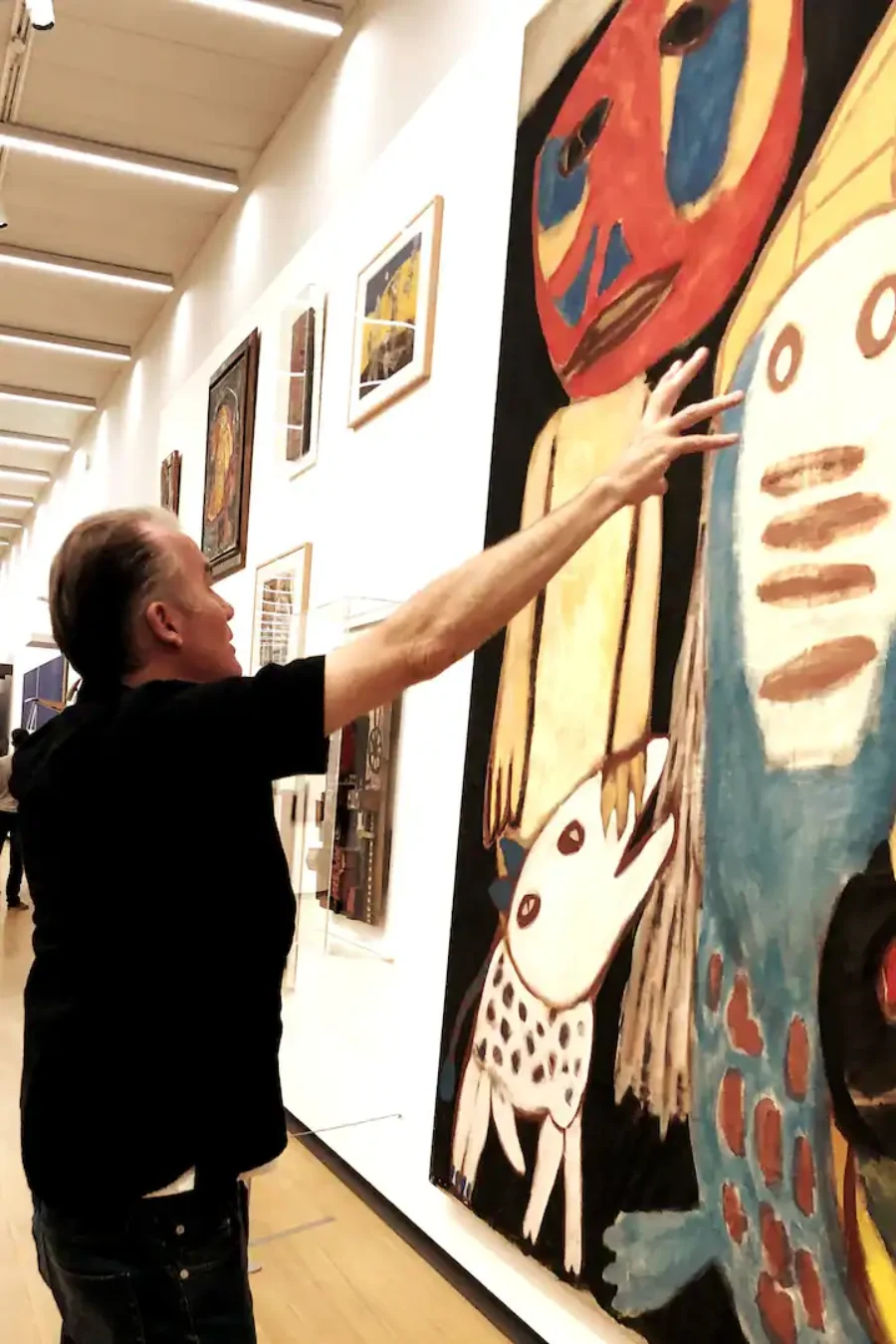Step into a museum and you step into a world where time, art, and history converge. A visitor once described their experience as “walking through a living tapestry of human achievement and struggle,” a sentiment that captures the essence of museums. In today’s rapidly globalizing society, museums are more than repositories of artifacts—they are dynamic spaces that promote cultural understanding, spark dialogue, and foster empathy. By curating diverse narratives and interactive exhibits, museums offer visitors a chance to explore the rich complexity of human existence.
Historical Custodians of Humanity
Museums have long served as custodians of history and art, preserving objects that carry the weight of countless generations. Through carefully selected collections, these institutions protect the legacy of civilizations, providing insights into the traditions, values, and innovations that have shaped human progress. Exhibits are arranged not merely as displays but as stories that allow us to step into the lives of people who lived in times far removed from our own. Whether through ancient pottery, medieval manuscripts, or modern installations, museums document the evolution of societies and the enduring spirit of human creativity.
Many museums began as royal collections or private endeavors and later evolved into public institutions committed to education and preservation. Their transition into spaces of public engagement marks a significant evolution—from private hoards of rare artifacts to open forums that invite communal reflection and discussion. This transformation underscores the idea that history belongs to all of us and that every visitor brings a unique perspective to the narrative on display.
Showcasing Diversity Through Curated Exhibitions
One of the most powerful roles of modern museums is their ability to showcase diverse cultural narratives. Curators work meticulously to assemble exhibits that reflect the multiplicity of voices and experiences across different communities. By integrating objects from various cultural, ethnic, and social backgrounds, museums challenge the traditional narratives that have often excluded marginalized voices. Each exhibit becomes a dialogue between the past and the present, inviting visitors to question long-held assumptions and to appreciate the rich tapestry of human identity.
Exhibitions that focus on themes such as migration, colonialism, and cultural exchange highlight the intersections of different histories. Interactive displays, multimedia installations, and immersive experiences further enhance the visitor’s understanding by engaging multiple senses. For instance, an exhibit on traditional craftsmanship might allow visitors to handle reproductions of ancient tools, listen to related oral histories, and even participate in workshops that demonstrate traditional techniques. These hands-on experiences bridge the gap between academic knowledge and lived experience, creating a more inclusive and engaging environment.
Educational Outreach and Community Engagement
Museums extend their influence beyond their walls through comprehensive educational programs and community outreach initiatives. Schools, libraries, and cultural centers often collaborate with museums to develop curricula and workshops that encourage students and community members to explore art and history in interactive ways. Programs tailored for diverse age groups and cultural backgrounds ensure that museums remain accessible to everyone. Interactive learning sessions, guided tours, and digital exhibitions have become essential tools in making history tangible and relevant for modern audiences.
Educational outreach initiatives are particularly important in today’s multicultural society. Museums strive to create environments where every visitor feels represented and respected. In doing so, they provide a platform for discussing challenging topics such as cultural appropriation, historical injustices, and the complexities of identity formation. By addressing these issues openly, museums foster a more empathetic public discourse, encouraging visitors to explore their own heritage and the stories of those who have been historically overlooked.
Addressing Historical Injustices and Inspiring Social Change
Modern museums are also committed to the critical task of confronting historical injustices. In recent years, many institutions have reexamined their collections and exhibitions to address past biases and to give voice to communities that were once marginalized. Special exhibits that focus on the impact of colonialism, the struggle for civil rights, and the resilience of indigenous cultures provide opportunities for visitors to engage in difficult but necessary conversations. These exhibitions not only educate but also inspire social change by highlighting the importance of accountability, reconciliation, and inclusivity.
In this role, museums serve as catalysts for dialogue about power, identity, and the need for a more equitable society. They invite visitors to reflect on the lessons of history and to consider how the past continues to shape our present and future. By framing these narratives within a context of cultural celebration and understanding, museums help to build bridges between communities and to foster a sense of shared responsibility for our collective future.
The Intersection of Art, History, and Technology
The advent of new technologies has further expanded the reach and impact of museums. Digital archives, virtual tours, and interactive apps allow visitors from around the world to access collections that were once confined to physical spaces. This democratization of knowledge has transformed museums into global classrooms where art and history are accessible to anyone with an internet connection. By blending traditional curatorial practices with innovative digital tools, museums are reimagining the visitor experience, making it more personalized and immersive.
Digital exhibitions often include interactive timelines, augmented reality experiences, and virtual reality recreations of historical events. These technologies not only enhance the learning experience but also create new opportunities for storytelling. Visitors can now engage with history in a multidimensional way—walking through ancient ruins virtually or exploring the intricate details of a centuries-old artifact from the comfort of their home. This fusion of art, history, and technology ensures that museums remain at the forefront of cultural education and public engagement.
A Future Rooted in Inclusion and Cultural Dialogue
As society continues to evolve, museums are poised to play an even more critical role in shaping public discourse and fostering cultural understanding. Their commitment to inclusivity and representation is reflected in every exhibit and outreach program, creating spaces where every visitor can see themselves in history. By curating collections that reflect a wide range of experiences and by actively engaging with local communities, museums are nurturing a more informed and compassionate society.
Looking ahead, the challenge for museums is to continue evolving in a way that honors the past while addressing the complexities of the present. This means not only preserving historical artifacts but also rethinking how history is presented—through diverse narratives that celebrate both triumphs and struggles. Museums are increasingly becoming centers for cultural innovation, where art, history, and community converge to create a shared understanding of our collective identity.
The Enduring Power of Cultural Institutions
In the final analysis, museums are much more than buildings filled with artifacts. They are living institutions that continuously evolve, inviting each visitor to embark on a journey of discovery and reflection. Through thoughtful curation, dynamic educational programs, and an unwavering commitment to diversity, museums remind us that our past is not a distant memory but a vibrant part of our ongoing story. They challenge us to consider how history shapes our values, influences our decisions, and inspires our hopes for a more inclusive future.
By stepping into a museum, we are not merely observing history—we are participating in it. We are invited to examine our own stories in the context of a broader human experience and to celebrate the myriad contributions that have enriched our world. In doing so, museums become essential platforms for fostering empathy, dialogue, and a lasting appreciation for the cultural tapestry that defines our shared humanity.









